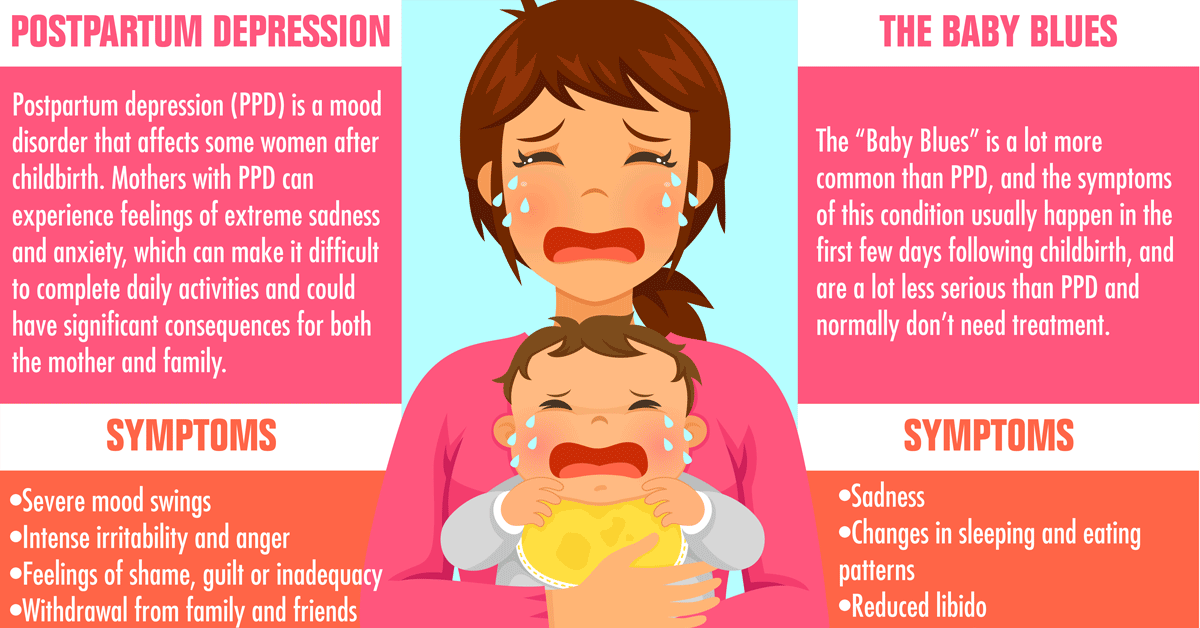How Do Schools Support Student Mental Health
How Do Schools Support Student Mental Health
Blog Article
Humanistic Therapy Vs. Psychoanalysis
While psychoanalysis and humanistic therapy have some similarities, they differ significantly in their sights on human actions. For instance, while psychoanalysis takes a look at unconscious motives and very early youth experiences, humanistic therapy focuses on the aware mind and personal growth.
Psychoanalysis aims to delve into unconscious inspirations and previous experiences to address problematic habits and feelings. Nonetheless, it can be an extensive and extensive procedure.
Sigmund Freud
Psychoanalysis is based upon the theory that human behavior is driven by unconscious forces. These are typically rooted in youth experiences of attempting to fulfill standard demands, yet remain out of the person's conscious understanding. As adults, individuals make use of a selection of defense reaction to stop these forces from becoming too acute. These include repression, variation (funneling sex-related drives into socially appropriate tasks), and sublimation (channeling energy into art, work, or exercise).
The psychoanalytic method involves delving into the unconscious and interpreting dreams. This process is assisted in by a solid healing partnership. Individuals might originally show resistance to treatment, but this can be conquered by "working through" disputes. Freud believed that some of these conflicts were related to past relationships and youth experiences. He established restorative methods such as free association and desire evaluation, and he presented the principle of transfer, in which individuals reroute their sensations toward the therapist. Despite these advantages, psychoanalysis has its critics.
Carl Rogers
Rogers pioneered the humanistic approach to psychology. He thought that individuals normally aim to grow and end up being the very best versions of themselves. He additionally stressed that the aware mind is more vital than subconscious influences. This viewpoint was reflected in his client-centered therapy, which concentrated on constructing a healing connection. It likewise incorporated empathy and genuine favorable regard, which is a nonjudgmental mindset from the therapist.
The humanistic approach to psychology is still extensively made use of in education and learning, cultural relations, nursing, and social partnerships. Rogers' job influenced modern psychotherapy and was the ideas for approaches like motivational speaking with.
Rogers began his career in farming and was a priest before switching to psychology. He released 2 prominent books, Therapy and Psychiatric Therapy and Psychotherapy and Personality Change. He was also the initial to audio-record his sessions and movie them for scientific study. He was a teacher at Ohio State College and the University of Chicago prior to relocating to California to work at Western Behavioral Sciences Institute.
Client-centered therapy preparation
Like psychoanalysis, humanistic therapy concentrates on constructing a strong therapeutic partnership. It motivates clients to psychological treatment challenge their existential worries, and it emphasizes personal development and self-acceptance. Unlike psychoanalysis, which focuses on subconscious inspirations and past experiences, client-centered treatment highlights positive facets of the human experience.
Therapists should show unconditional favorable regard and empathy for their individuals. This helps them develop a trusting and considerate connection, and it allows them to recognize the client's point of view. They can do this by sharing genuine responses and asking concerns to clarify their view of the customer's problems.
A specialist must also be non-directive and permit the client to drive the sessions. They need to prevent giving recommendations and let the customer reveal their feelings. They can likewise aid the client find out to handle difficult feelings by reflecting their ideas and feelings back to them. This is called active listening. It is a beneficial device for enhancing the efficiency of client-centered therapy.
Treatment objectives
In humanistic therapy, the specialist will usually handle a less-directive role and enable clients to discuss their ideas easily. They will certainly motivate compassion and support and will certainly be able to give unconditional favorable regard. These elements of the therapeutic connection will certainly be key in promoting self-awareness and personal development. The therapist might use methods like gestalt treatment and existential therapy to advertise these goals.
Unlike psychoanalysis, which focuses on revealing unconscious ideas and desires, humanistic therapy is extra oriented towards individual growth and self-awareness. It likewise stresses the belief that people are naturally good and drive in the direction of self-actualization.
Moreover, humanistic therapy can be handy for conquering adverse judgments from others. It can also assist you manage difficult feelings and feelings such as sadness or stress and anxiety. You will certainly learn to accept your feelings and create healthy coping skills. You will certainly additionally discover concepts such as flexibility and duty for your actions. These styles are main to humanistic therapy and can be beneficial in managing depression, stress and anxiety, and personality disorders.